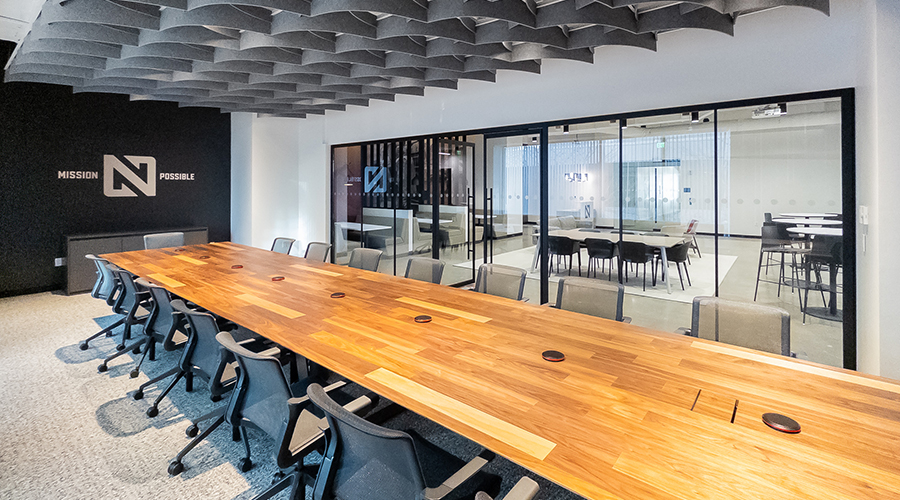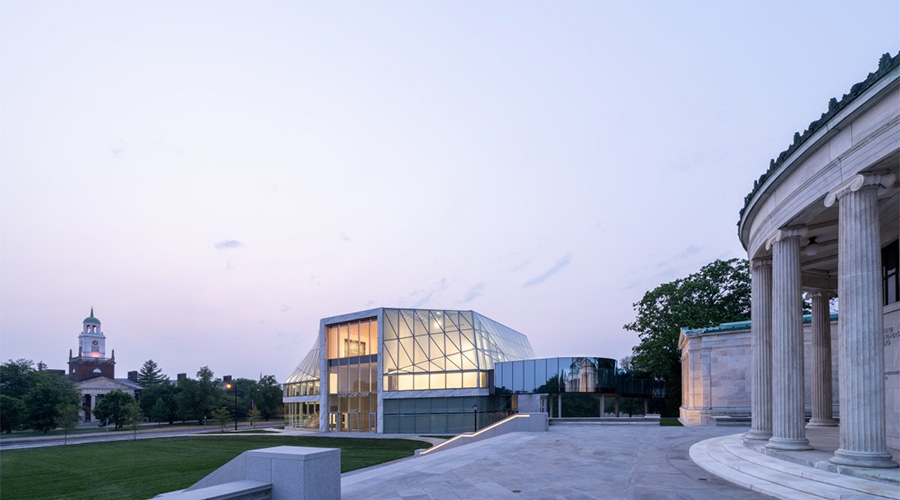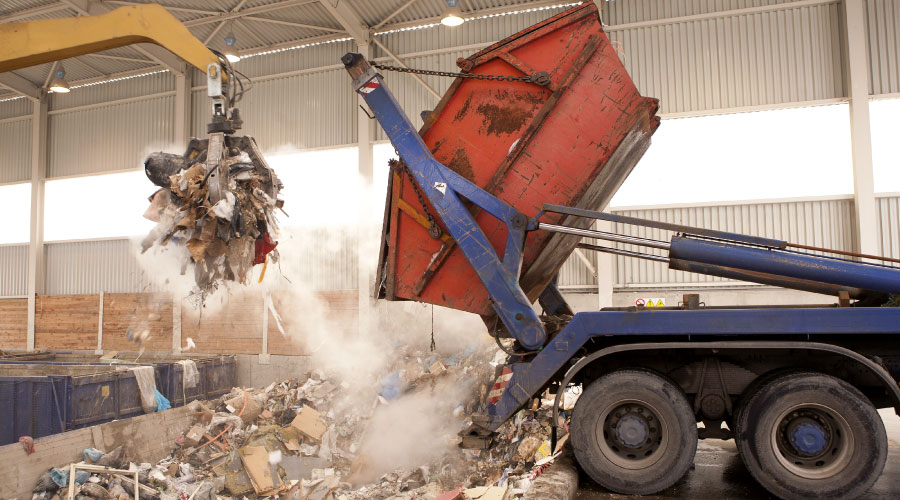Case Study: How One National Corporation Used A Redesigned Office Environment To Attract And Retain Employees
A national corporation, based in a Chicago suburb, wished to recruit and retain younger workers, many of whom commute from the city. Because the suburbs might not be these workers' first choice for employment, the company decided to redesign the workplace environment to more easily recruit and retain them. The company also wanted to reflect its "new" corporate culture in the workplace redesign by visually emphasizing values such as openness, less rigidity, emphasis on people versus things, responsiveness, and innovation.
Over a period of 16 months, an informal, collaborative workspace was created at the headquarters campus totaling around 800,000 square feet to accommodate 6,500 employees. The circa-1990s enclosed private offices that lined the perimeter were eliminated, as were the internally located high-paneled cubicles. Employees working at several overflow office buildings in neighboring communities were relocated to the headquarters campus. This last move enabled the client to cancel several leases and sell an empty satellite facility, thus recouping costs of the redesign within two years.
Two other important facts:
- BOMA usable square footage per employee was reduced by 27 percent — from 185 to 135 square feet.
- Furniture costs per employee went from $8,000 to $4,000.
Throughout the process, focus groups organized by the company's human resources department gathered employee feedback on sample workstations, materials, and other design elements being considered.
When the redesign was completed, the company emailed surveys to employees — shortly after they moved into the new workspaces, then again around six months later. The surveys served to gauge employee satisfaction with the new concept. Comments described improved communication and collaboration among employees, plus improved work efficiency due to faster feedback times from managers.
Other projects have shown that job satisfaction virtually doubles before and after the redesign. In this case, more than half described their new workplace as an attractive aspect of their jobs, and one-third described the workplace as creating a stimulating atmosphere — figures that also doubled post-redesign.
As with anything new, adoption rates and times varied widely, and some fine-tuning was eventually required. For example, some groups asked for more — or less — enclave space, while others requested additional cafes and informal meeting areas. Rather than making any immediate alterations to the design, people were given time to fully experience the new environment. Frequently the requests for design alterations were withdrawn after people adapted to, and then grew to really appreciate, their new office spaces.
Related Topics:















